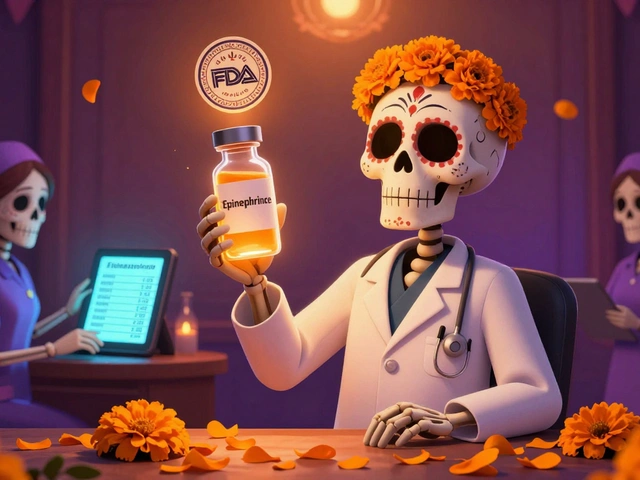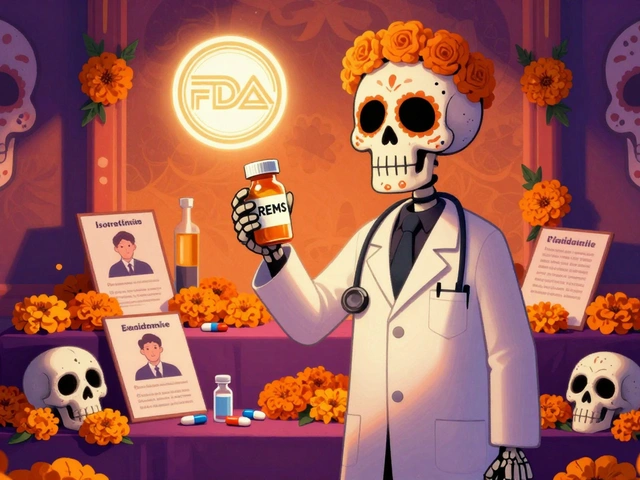Coupon comparison: how to spot real savings on prescriptions
A coupon that looks great at first glance can still leave you paying more if you don’t compare final costs. Quick tip: always calculate the final out‑of‑pocket price after every discount, not just glance at the headline number. That small habit alone will save you time and money.
Start by checking three prices: the pharmacy cash price (no insurance), your insurance copay or coinsurance, and the coupon price. Sometimes a coupon beats your insurance copay. Other times your insurance is cheaper. Don’t assume one is always better—compare.
How to compare coupons fast
Follow these simple steps each time:
1) Get the cash price. Use the pharmacy website or a price‑checking app like GoodRx, RxSaver, or SingleCare. These show the pharmacy cash price, which is the base for most coupons.
2) Apply the coupon mentally. If a coupon says “save 70%,” that’s meaningless without the original price. Put the coupon price next to your cash price and your insurance copay.
3) Check quantity and refill limits. Some coupons only apply to a one‑time purchase or a specific pack size. If your doctor prescribes a 90‑day supply but the coupon is for 30 days, your actual savings change.
4) Ask the pharmacy. Before you pay, ask the cashier to run the coupon and show you the final price. If a coupon can be stacked with a pharmacy loyalty card, the cashier will apply both and you’ll see the real number.
5) Save screenshots or receipts. If a coupon code fails online, having proof helps customer service fix it quickly.
Common coupon pitfalls and safety checks
Don’t assume coupons stack. Manufacturer coupons are often non‑stackable with other drug manufacturer offers. Pharmacies may combine their own discounts with third‑party coupons, but rules vary by chain. Always ask or read the coupon terms.
Watch for hidden costs: shipping, membership fees, or required enrollment in a pharmacy program. A $5 membership that only saves $3 a month isn’t worth it.
Be careful with online pharmacies. If a deal looks too good, verify the pharmacy is legitimate—look for NABP or relevant national credentials, a real phone number, and prescription requirement. Fake sites can sell unsafe or counterfeit products.
When to use insurance: use your insurance if the copay after deductibles and prior authorizations is cheaper than any coupon. If a coupon is cheaper, using it can make sense—but check whether your insurer counts that purchase toward your deductible or medication history.
If you compare prices, read terms, and ask the pharmacy to run the numbers for you, coupon comparison becomes fast and effective. Small checks up front stop surprises at checkout and often add up to major savings over time.

Curious which drug-savings app actually saves you the most money in 2025? We put SingleCare, GoodRx, and RxSaver to the test—here’s which one comes out on top.
Chris Gore Jul 4, 2025




